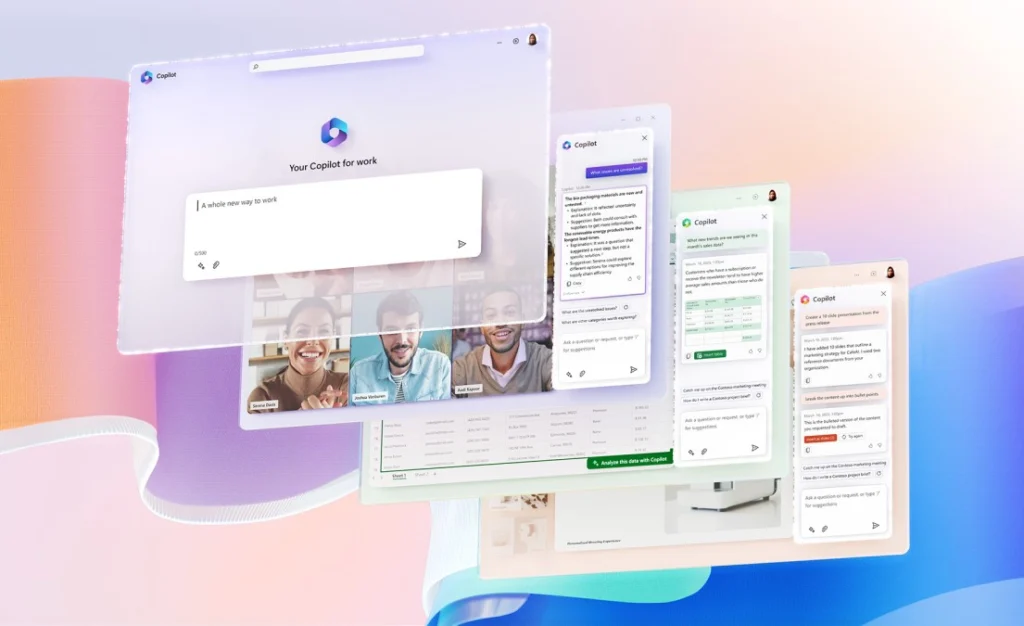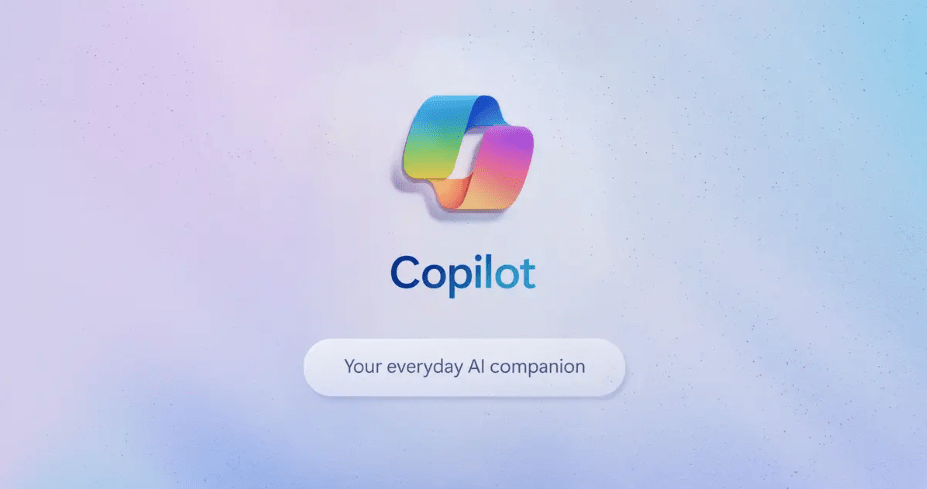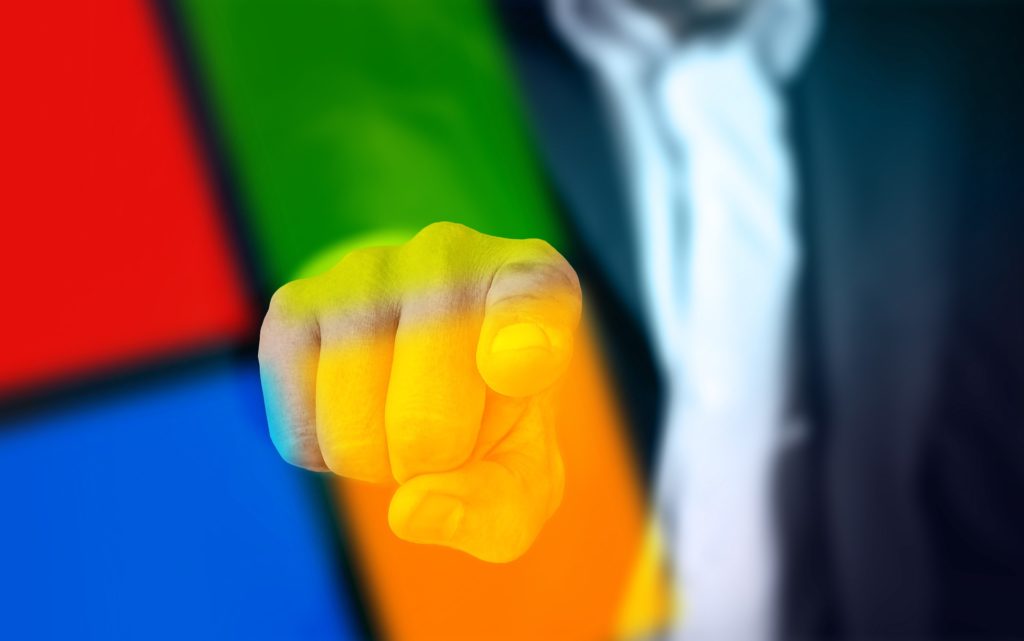“Every great journey begins with a single step.” ~ Chinese proverb
There’s speculation floating around that businesses may be taking the position of just sitting out Windows 8, and looking ahead to Windows 9. To the extent that may be true, it’s not an indictment of Windows 8 as much as an indication of the success of Windows 7, and a function of standard refresh cycles at larger corporations. Businesses may be “waiting for Windows 9”, but it’s not really because they don’t like Windows 8. It’s because they do like Windows 7 and they’re not even ready to look at Windows 8 yet.
The prevailing theme over the past few years has been the stubborn tenacity of Windows XP and the challenge Microsoft has faced to rebound from the tarnished reputation of Windows Vista and convince businesses and consumers to move to Windows 7. Windows 7 was officially released in October of 2009, but didn’t pass Windows XP in terms of market share to become the new number one OS until August of 2012–almost three years later.
Windows XP is more than eleven years old, and to this day it maintains nearly 40 percent market share. Windows 8 has just over two percent. The problem for Windows 8 when it comes to adoption by businesses is that most of those businesses either just switched to Windows 7, or they’re in the process of switching to Windows 7. In other words, it takes time to build some inertia for a new operating system, and Windows 7 is still building momentum.
Based on the numbers, there are still roughly 40 percent out there using Windows XP. If and when those 40 percent choose to upgrade, they have the option of Windows 7 or Windows 8. Businesses will go with Windows 7 in most cases. Again, that’s not an indictment of Windows 8–most businesses are just slow to adapt, and when they do they go with the platform that has been established and proven rather than gambling on the cutting edge.
There’s a lot to like about Windows 8. There’s especially a lot to like about Windows 8 tablets, and what they represent for the evolution of personal computing and the convergence of PC and tablet capabilities. But, Microsoft should recognize that momentum still favors Windows 7, and it should plan on getting Windows 9 to market by late 2014 or early 2015. Right now Windows 8 seems new and different, but when Windows 9 comes out it will reinforce and expand on the dramatically different interface, and by that time Windows 8 will be old news–the new status quo.
Windows 8 is not the destination. Windows 8 is the first step of a journey to transform the definition of a “personal computer” and the role the Windows operating system plays.



Comments are closed.